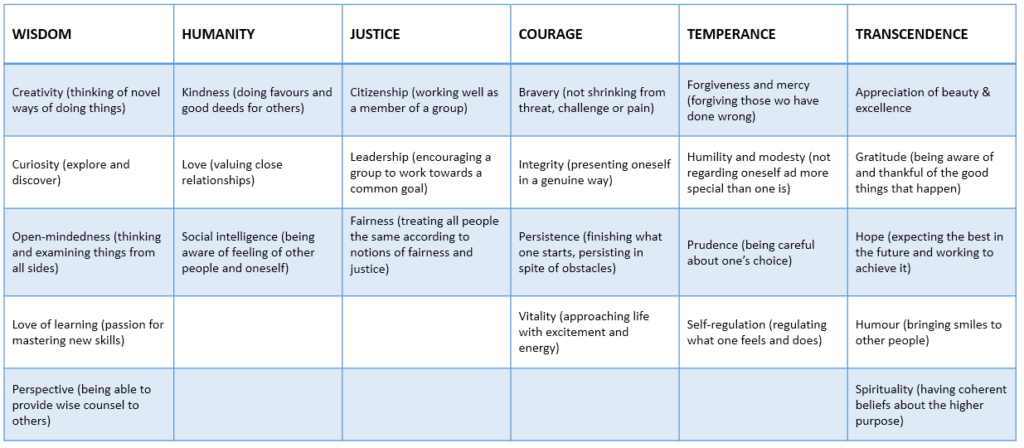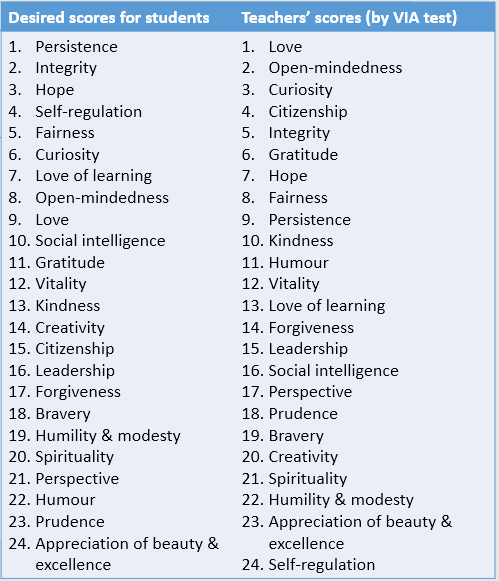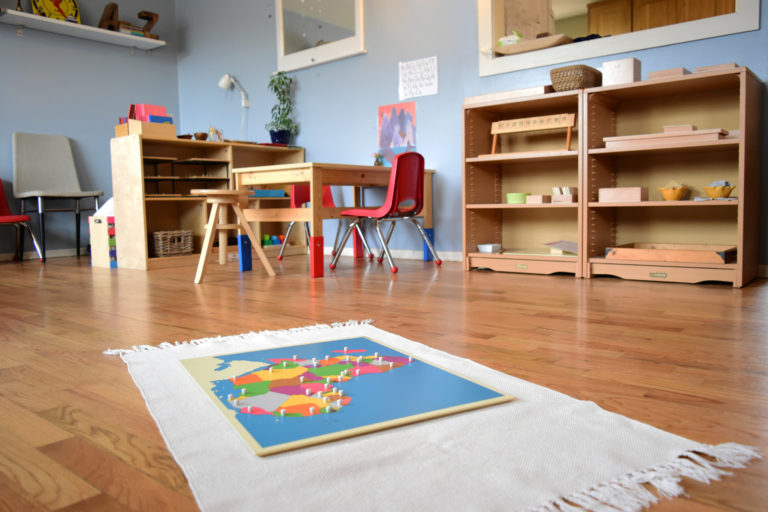In his book Manual of virtues and strengths of character, Dr. Martin Seligman and Dr. Chris Peterson identify six classes of virtues constituted by 24 character strengths that determine the integral development of the individual. Character strengths are those virtues or abilities that contribute to the well-being of the individual. Each person has a unique combination of these character strengths, some of which can change and develop, and ultimately determine personal growth. These strengths are intrinsic characteristics of the human being and affect the individual development, independently of gender, class, race, culture and geography.

In the course Teaching Character and Creating Positive Classes, Dave Levin highlights the importance of introducing character strength development in the classroom. Some of these virtues, such as social intelligence or optimism, change over time and can develop through continued and directed work. However, Levin and Seligman discuss the possibility of teaching other virtues such as integrity, honesty or authenticity.
Levin tries to identify which are the most important virtues to develop at school and proposes an activity for teachers. In this activity the teacher must score and order the 24 strengths identified by Seligman according to how relevant they are to ensure students’ development. Subsequently, Levin asks teachers to evaluate their own virtues through the following survey (link).
The results are very interesting:

The most important virtue that students must present is determination. However, in the score obtained by teachers determination is in the ninth position. Self-control is scored fourth for students, while for teachers it scores in the last position (24th).
Children have never been very good at listening to their elders, but they have never failed to imitate them
James Baldwin
It is interesting to note that the requirements we consider necessary for students are those in which teachers have lower scores. Following Baldwin quote above, students and teachers need to share the teaching-learning process.
References:
- Levin, D.. Teaching Character and Creating Positive Classrooms, Coursera. Relay Graduate School of Education: https://www.coursera.org/learn/teaching-character
- Peterson, C. and Seligman, M. (2004). Character Strengths and Virtues. Oxford University Press.
- VIA Institute on Character, (2018). The VIA Classification of Strengths. https://www.viacharacter.org/www/Character-Strengths#nav



